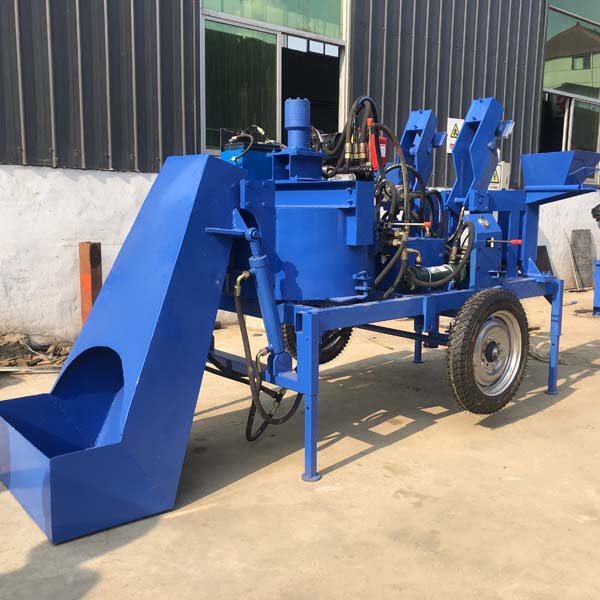
Image source Aiweibrickmachine
Title: Robotics and Automation Integration in Full-Automatic Block Production
Introduction:
The global construction industry is undergoing a transformative shift driven by advancements in technology, with robotics and automation playing a pivotal role. In particular, the integration of these technologies in full-automatic block production has revolutionized the way concrete blocks and bricks are manufactured. This article explores the benefits, challenges, and implications of incorporating robotics and automation into the full-automatic block production process.
Benefits of Robotics and Automation Integration:
1. **Increased Production Efficiency:**
The integration of robotics and automation streamlines the block production process, leading to significantly increased efficiency. Robots can perform tasks with precision and speed, minimizing production time and maximizing output.
2. **Consistent Product Quality:**
Automation ensures a high level of consistency in the production of concrete blocks. Robots can execute tasks with accuracy, resulting in uniform shapes, sizes, and overall product quality. This consistency is crucial for meeting construction standards and customer expectations.
3. **Labor Cost Reduction:**
One of the primary advantages of automation is the reduction in labor costs. Robots can handle repetitive and physically demanding tasks, allowing human workers to focus on more complex and value-added activities. This leads to cost savings and increased overall productivity.
4. **24/7 Production Capability:**
Unlike human workers, robots can operate continuously without the need for breaks or shifts. This 24/7 production capability enhances the overall output of the facility, meeting tight deadlines and accommodating increased market demand.
5. **Enhanced Safety:**
Automation mitigates safety risks associated with manual labor in a production environment. Robots can handle tasks in hazardous conditions, reducing the risk of accidents and injuries. This contributes to a safer working environment for human workers.
Challenges in Integration:
1. **Initial Capital Investment:**
The integration of robotics and automation requires a significant initial capital investment. While this investment is often justified by long-term efficiency gains, it may pose a barrier for some smaller businesses or startups.
2. **Technical Complexity:**
Implementing robotics and automation systems involves technical complexities, including programming, sensor integration, and system synchronization. A skilled workforce or collaboration with specialized technology providers is essential to overcome these challenges.
3. **Maintenance and Downtime:**
Like any machinery, robotics and automation systems require regular maintenance to ensure optimal performance. Unexpected breakdowns or technical issues can lead to downtime, impacting production schedules.
4. **Workforce Adaptation:**
The introduction of automation may necessitate changes in the workforce’s skill set. Training programs and ongoing support are crucial to ensure that employees can operate, maintain, and troubleshoot automated systems effectively.
Implications for the Industry:
1. **Competitive Advantage:**
Companies that embrace robotics and automation in full-automatic block production gain a competitive advantage by offering higher efficiency, lower costs, and superior product quality. This can position them as industry leaders and attract a broader customer base.
2. **Job Evolution:**
While automation may reduce the demand for certain manual tasks, it also creates new opportunities for skilled workers in areas such as system maintenance, programming, and process optimization. The industry may see a shift towards a more technologically proficient workforce.
3. **Sustainability Considerations:**
The integration of robotics and automation can contribute to sustainability goals by optimizing resource usage, reducing waste, and enhancing energy efficiency in the production process.
Conclusion:
The integration of robotics and automation in full-automatic block production marks a transformative step towards a more efficient, consistent, and technologically advanced construction industry. While challenges exist, the long-term benefits, including increased production efficiency, consistent product quality, and cost savings, make it a compelling investment for companies seeking to stay ahead in a rapidly evolving market. As technology continues to advance, the synergy between automation and traditional manufacturing processes is likely to shape the future of the construction materials industry.
